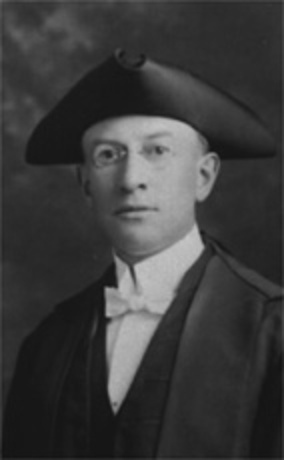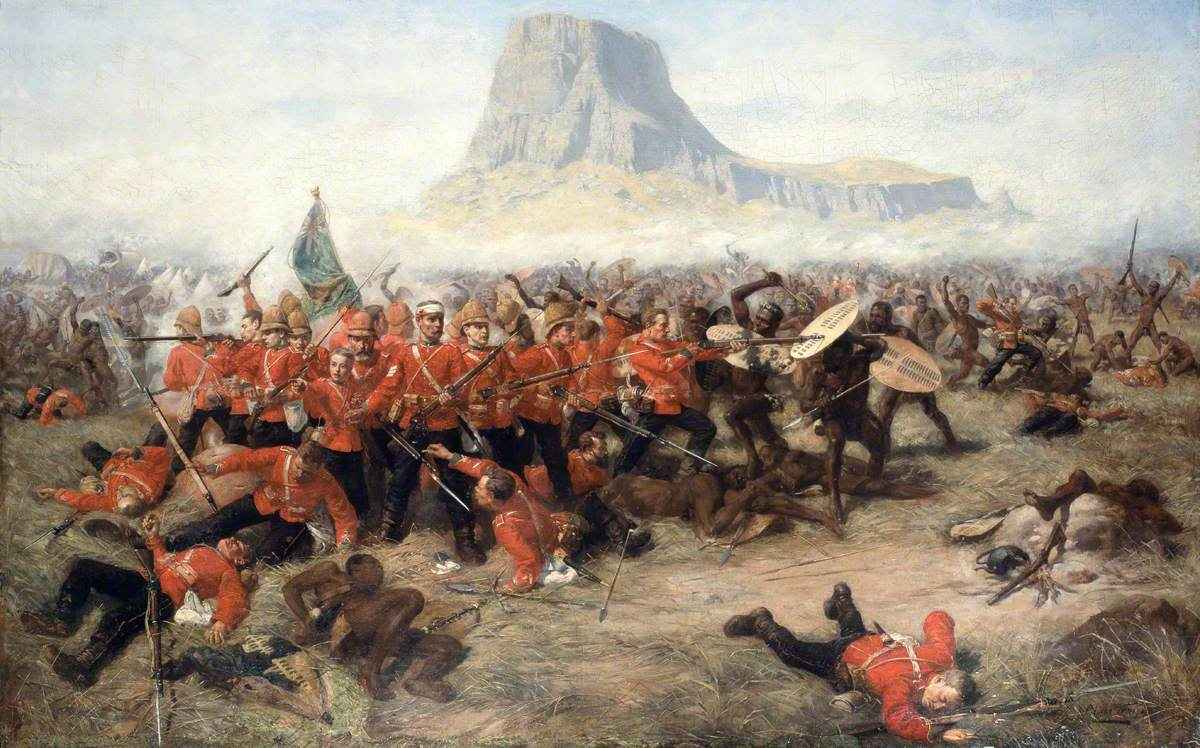|
Peter Smyth (other)
Peter Smyth (1800 – February 6, 1879) was an Irish-born merchant and politician in Nova Scotia. He represented Inverness County in the Legislative Assembly of Nova Scotia from 1847 to 1867 as a Reformer and then as a Conservative. He was born in Dublin and came to Nova Scotia in 1817. He was married twice: first to Mary O'Grady in 1830 and then to Ellen Keating. Smyth was a fish and cattle merchant, owned at least two stores and also dealt in land. He served as a school board commissioner, road commissioner, justice of the peace and as custos rotulorum for Inverness County. Originally a Liberal, Smyth crossed the floor in 1857 to become a Conservative. He was a member of the Legislative Council of Nova Scotia The Legislative Council of Nova Scotia was the upper house of the legislature of the Canadian province of Nova Scotia. It existed from 1838 to May 31, 1928. From the establishment of responsible government in 1848, members were appointed by the ... from 1867 un ... [...More Info...] [...Related Items...] OR: [Wikipedia] [Google] [Baidu] |
Ireland
Ireland (, ; ; Ulster Scots dialect, Ulster-Scots: ) is an island in the North Atlantic Ocean, in Northwestern Europe. Geopolitically, the island is divided between the Republic of Ireland (officially Names of the Irish state, named Irelanda sovereign state covering five-sixths of the island) and Northern Ireland (part of the United Kingdomcovering the remaining sixth). It is separated from Great Britain to its east by the North Channel (Great Britain and Ireland), North Channel, the Irish Sea, and St George's Channel. Ireland is the List of islands of the British Isles, second-largest island of the British Isles, the List of European islands by area, third-largest in Europe, and the List of islands by area, twentieth-largest in the world. As of 2022, the Irish population analysis, population of the entire island is just over 7 million, with 5.1 million in the Republic of Ireland and 1.9 million in Northern Ireland, ranking it the List of European islands by population, ... [...More Info...] [...Related Items...] OR: [Wikipedia] [Google] [Baidu] |
Nova Scotia
Nova Scotia is a Provinces and territories of Canada, province of Canada, located on its east coast. It is one of the three Maritime Canada, Maritime provinces and Population of Canada by province and territory, most populous province in Atlantic Canada, with an estimated population of over 1 million as of 2024; it is also the second-most densely populated province in Canada, and second-smallest province by area. The province comprises the Nova Scotia peninsula and Cape Breton Island, as well as 3,800 other coastal islands. The province is connected to the rest of Canada by the Isthmus of Chignecto, on which the province's land border with New Brunswick is located. Nova Scotia's Capital city, capital and largest municipality is Halifax, Nova Scotia, Halifax, which is home to over 45% of the province's population as of the 2021 Canadian census, 2021 census. Halifax is the List of census metropolitan areas and agglomerations in Canada, twelfth-largest census metropolitan area in ... [...More Info...] [...Related Items...] OR: [Wikipedia] [Google] [Baidu] |
Legislative Assembly Of Nova Scotia
The Nova Scotia House of Assembly (; ), or Legislative Assembly, is the deliberative assembly of the General Assembly of Nova Scotia, and together with the lieutenant governor of Nova Scotia makes up the Nova Scotia Legislature. The assembly is the oldest in Canada, having first sat in 1758; in 1848, it was the site of the first responsible government in the British Empire. Bills passed by the House of Assembly are given royal assent by the lieutenant governor in the name of the King of Canada. Originally (in 1758), the Legislature consisted of the Crown represented by a governor (later a lieutenant governor), the appointed Nova Scotia Council holding both executive and legislative duties and an elected House of Assembly (lower chamber). In 1838, the council was replaced by an executive council with the executive function and a legislative council with the legislative functions based on the House of Lords. In 1928, the Legislative Council was abolished and the members pension ... [...More Info...] [...Related Items...] OR: [Wikipedia] [Google] [Baidu] |
Dublin
Dublin is the capital and largest city of Republic of Ireland, Ireland. Situated on Dublin Bay at the mouth of the River Liffey, it is in the Provinces of Ireland, province of Leinster, and is bordered on the south by the Dublin Mountains, part of the Wicklow Mountains range. Dublin is the largest city by population on the island of Ireland; at the 2022 census of Ireland, 2022 census, the city council area had a population of 592,713, while the city including suburbs had a population of 1,263,219, County Dublin had a population of 1,501,500. Various definitions of a metropolitan Greater Dublin Area exist. A settlement was established in the area by the Gaels during or before the 7th century, followed by the Vikings. As the Kingdom of Dublin grew, it became Ireland's principal settlement by the 12th century Anglo-Norman invasion of Ireland. The city expanded rapidly from the 17th century and was briefly the second largest in the British Empire and sixth largest in Western Europ ... [...More Info...] [...Related Items...] OR: [Wikipedia] [Google] [Baidu] |
Inverness County, Nova Scotia
Inverness County is an historical county and census division of Nova Scotia, Canada located on Cape Breton Island. Local government is provided by the Municipality of the County of Inverness, the town of Port Hawkesbury and the Whycocomagh 2 Waycobah First Nation reserve. History Established as the County of Juste au Corps in 1835, Inverness County was given its present name in 1837. It was named after Sir Cameron Inverness of Scotland, the land from which many of the early settlers came. Agriculture and fishing dominated the economy with exports of butter and cattle to Newfoundland and Halifax for most of the nineteenth century. The construction of the Inverness and Richmond Railway in 1901, and the subsequent opening of coal mines at Port Hood, Mabou, and Inverness, created the "only home market" local farmers had ever had. The boundaries of Inverness County had been previously defined when Cape Breton Island was divided by statute into three districts in 1823. In 1996, th ... [...More Info...] [...Related Items...] OR: [Wikipedia] [Google] [Baidu] |
Legislative Council Of Nova Scotia
The Legislative Council of Nova Scotia was the upper house of the legislature of the Canadian province of Nova Scotia. It existed from 1838 to May 31, 1928. From the establishment of responsible government in 1848, members were appointed by the lieutenant governor of Nova Scotia on the advice of the Premier of Nova Scotia, premier. Before Confederation The Legislative Council had its origins in the older unified Nova Scotia Council, created in 1719 and appointed in 1720, which exercised a combination of executive and judicial functions. Its functions were more formally specified in instructions issued by the Board of Trade in 1729. The Council acted as the Governor's cabinet and as the province's General Court until the Supreme Court of Nova Scotia was established in 1754 (but its judicial function was not totally eliminated). It assumed a legislative function in 1758, when the 1st General Assembly of Nova Scotia was called, by acting as its upper house. The constitution of the ... [...More Info...] [...Related Items...] OR: [Wikipedia] [Google] [Baidu] |
Port Hood, Nova Scotia
Port Hood ( Mi'kmawi'simk: ''Kekwiamkek'') is an unincorporated place in the Municipality of the County of Inverness, Nova Scotia, Canada. It is an administrative centre and a service centre for the surrounding area. It is also the site of a registered historic place, Peter Smyth House. Port Hood is the Capital of the County of Inverness, and is home to its Court House Port Hood Beach is known for its warm waters and for the nearby Port Hood Station Provincial Park. History The Miꞌkmaq called it Kekwiamkek, meaning "at the place where sand moves slowly," or sandbar. The first European colonists, the French, called it Juste-au-Corps, meaning waistcoat. The French quarried stone for the Fortress of Louisbourg and built ships at the site. After the English took over Acadia, it was renamed for naval commander Samuel Hood. Port Hood experienced an economic boom from 1880 to 1910, with coal mining, fishing and marine trade. During the first half of the 1900s, it was served by the ... [...More Info...] [...Related Items...] OR: [Wikipedia] [Google] [Baidu] |
Duncan J
Duncan may refer to: People * Duncan (given name), various people * Duncan (surname), various people * Clan Duncan * Justice Duncan (other) Places * Duncan Creek (other) * Duncan River (other) * Duncan Lake (other), including Lake Duncan Australia * Duncan, South Australia, a locality in the Kangaroo Island Council * Hundred of Duncan, a cadastral unit on Kangaroo Island in South Australia Bahamas *Duncan Town, Ragged Island, Bahamas ** Duncan Town Airport Canada * Duncan, British Columbia, on Vancouver Island * Duncan Dam, British Columbia * Duncan City, Central Kootenay, British Columbia; see List of ghost towns in British Columbia * Mount Duncan, in the Selkirk Mountains United States * Duncan Township (other) * Duncan, Arizona * Duncan, Iowa * Duncan, Kentucky (other) * Duncan City, Cheboygan, Michigan * Duncan, Mississippi * Duncan, Missouri * Duncan, Nebraska * Duncan, North Carolina * Duncan, Okl ... [...More Info...] [...Related Items...] OR: [Wikipedia] [Google] [Baidu] |
1800 Births
As of March 1 (Old Style, O.S. February 18), when the Julian calendar acknowledged a leap day and the Gregorian calendar did not, the Julian calendar fell one day further behind, bringing the difference to 12 days until February 28 (Old Style, O.S. February 16), 1900. Events January–March * January 1 ** Quasi-War: Action of 1 January 1800 – A naval battle off the coast of Haiti, between four United States merchant vessels escorted by naval schooner , and a squadron of armed barges manned by Haitian pirates (known as wikt:picaroon, picaroons), under the command of general André Rigaud, ends indecisively. ** The Dutch East India Company dissolves. * February 7 – A public 1800 French constitutional referendum, plebiscite in France confirms Napoleon as First Consul, by a substantial majority. * February 11 – Infrared radiation is discovered by astronomer Sir William Herschel. * February 22 – The Baker rifle, designed by Ezekiel Baker, is selected ... [...More Info...] [...Related Items...] OR: [Wikipedia] [Google] [Baidu] |
1879 Deaths
Events January * January 1 ** The Specie Resumption Act takes effect. The United States Note is valued the same as gold, for the first time since the American Civil War. ** Brahms' Violin Concerto (Brahms), Violin Concerto is premiered in Leipzig with Joseph Joachim as soloist and the composer conducting. * January 11 – The Anglo-Zulu War begins. * January 22 – Anglo-Zulu War – Battle of Isandlwana: A force of 1,200 British soldiers is wiped out by over 20,000 Zulu warriors. * January 23 – Anglo-Zulu War – Battle of Rorke's Drift: Following the previous day's defeat, a smaller British force of 140 successfully repels an attack by 4,000 Zulus. February * February 3 – Mosley Street in Newcastle upon Tyne (England) becomes the world's first public highway to be lit by the electric incandescent light bulb invented by Joseph Swan. * February 8 – At a meeting of the Royal Canadian Institute, engineer and inventor Sandford Fleming first prop ... [...More Info...] [...Related Items...] OR: [Wikipedia] [Google] [Baidu] |





